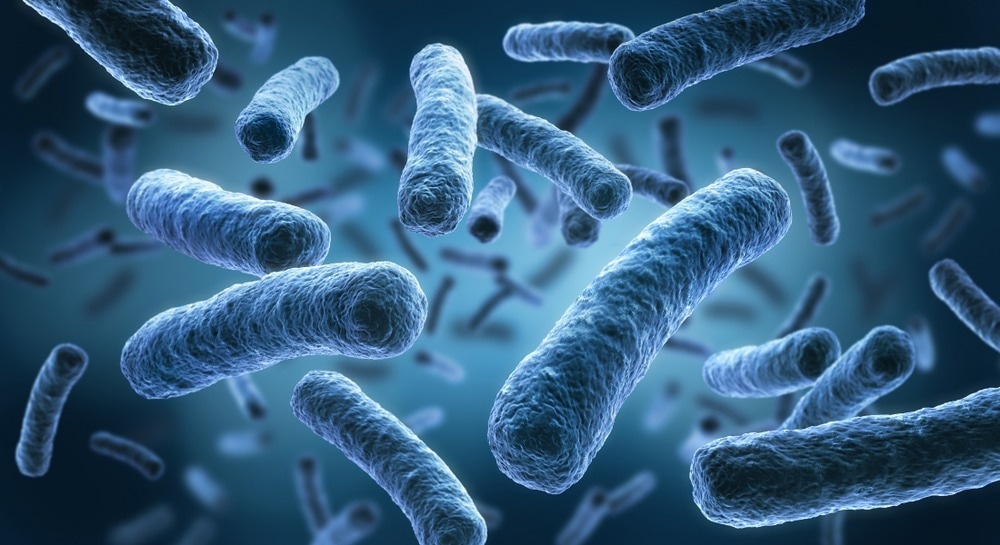Reviewed by Danielle Ellis, B.Sc.Nov 19 2024
Scientists have identified numerous species of oral bacteria, but there are still many unanswered questions about how they interact.

Image Credit: peterschreiber.media/Shutterstock.com
One issue is the formation of tightly packed multi-species biofilms by bacteria. Because of their density and intricacy, it is extremely difficult to see individual cells and analyze how they interact at the single-cell level.
Scientists at ADA Forsyth have created a novel imaging technique that allows for the analysis of the spatial relationships between bacteria, including the strength of the adhesive forces holding them together.
Adhesion is crucial in microbial biofilms that are vulnerable to flow, such as those seen in the mouth. Any oral germ that does not cling to the teeth, tongue, or gums either directly or indirectly through interactions with other adherent microbes will be flushed into the gastrointestinal tract due to salivary flow.
In a recent publication that was published in the Proceedings of the National Academy of Science journal, the ADA Forsyth experts described their findings. The ADA Forsyth scientists employ an innovative application of expansion microscopy that allows the “decrowding” of individual bacterial cells within a multispecies biofilm, in contrast to the conventional methods of using expansion microscopy to improve resolution.
The method is based on a swellable gel that increases the distance between bacterial cells without increasing the distance inside them. The gel's swelling causes a “tug-of-war” conflict between the microorganisms' adhesive forces and the gel's expansion forces.
Strongly adhering cells will stay together, whereas weakly adherent cells will be torn apart. This allows for the single-cell determination of the relative strength of microbe-microbe interactions inside microbial biofilms.
ADA Forsyth scientists used the novel method to examine model microbial communities, including interactions between Schaalia and TM7 and Fusobacterium nucleatum and Streptococcus. They discovered that Streptococcus sanguinis was more tightly bound by Fusobacterium nucleatum than Streptococcus mutans. Given that Streptococcus mutans are frequently linked to dental cavities, this could be significant.
Before, we could identify bacterial species in the oral microbiome, but now we can study the way the microbes in these biofilm communities interact. We can really pinpoint at a single-cell level how strong Bacterium A binds with Bacterium B or Bacterium B with Bacterium C.”
Pu-Ting Dong, PhD, Lead Researcher and Study Co-Corresponding Author, The ADA Forsyth Institute
Analyzing bacterial adhesive contacts is revolutionary and opens up new avenues for microbiological research.
The endeavor combines the extensive expertise and experience of senior members of the ADA Forsyth Microbiology Department, such as Gary Borisy, PhD, a Distinguished Scientist who initially introduced CLASI-FISH imaging, the method that enables researchers to examine spatial communities in the oral microbiome; Xuesong He, DDS, PhD, a pioneer in microbiology; and AFI Chief Executive Officer Wenyuan Shi, PhD.
This interdisciplinary project allowed us to pair what we know about microbial communities with an unconventional way of visualizing their interactions. We can apply this discovery to improve our understanding of the relationships between bacteria. Dr. He was the first to cultivate TM7, a ubiquitous group of ultrasmall episymbiotic bacteria residing within the human oral cavity yet with understudied biology, and now we have used the new imaging technique to determine the strength of TM7’s interaction with its host cell, Schaalia odontolytica.”
Gary Borisy, The ADA Forsyth Institute
Oral cavity diseases have historically been attributed to certain bacterial species. However, oral microbiologists now recognize that a single bacterium does not solely cause disease. Instead, the entire microbial community engages in intricate interactions with the human host and one another, which can occasionally lead to illness.